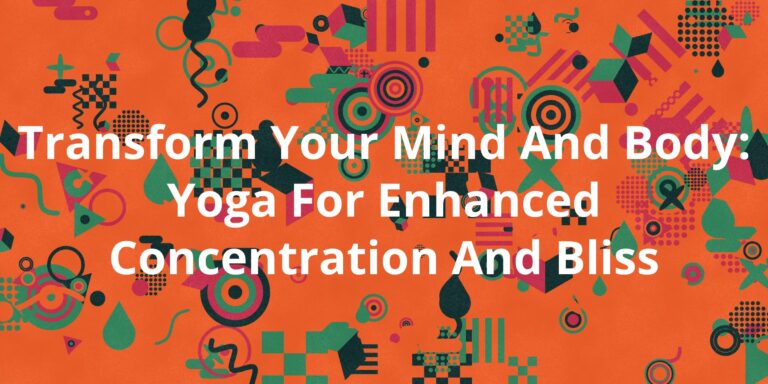Yoga is an ancient practice that has gained immense popularity in recent years due to its numerous health benefits. It combines physical postures, breathing exercises, meditation, and relaxation techniques to help you achieve flexibility, strength, balance, and inner peace. In this article, we will explore the basics of yoga and provide a beginner’s guide to unleash your inner strength and flexibility.
What is Yoga?
Yoga originated in ancient India over 5,000 years ago as a spiritual practice aimed at achieving harmony between body, mind, and spirit. It was developed by the sage Patanjali in his “Yoga Sutras,” which are considered to be the foundational text of yoga philosophy. Over time, yoga has evolved into various forms and styles, each with its unique approach and benefits.
The Benefits of Yoga
Yoga offers numerous physical, mental, and emotional benefits. It helps improve flexibility, strength, balance, and posture, which can reduce the risk of injury and alleviate chronic pain. Yoga also helps regulate breathing, which can improve cardiovascular health and reduce stress levels. Additionally, yoga has been shown to promote relaxation, increase focus and concentration, and enhance overall well-being.
How to Start Practicing Yoga
If you’re new to yoga, it’s essential to start with the basics before diving into more advanced poses. Here are some tips to help you get started:
1. Find a qualified instructor: A certified yoga instructor can guide you through the fundamentals of yoga and help you develop a safe and effective practice. Look for a local studio or find an online instructor that offers beginner classes.
2. Choose the right style: There are various styles of yoga, including Hatha, Vinyasa, Ashtanga, Yin, and Restorative. Each style has its unique approach and benefits. Start with Hatha or Vinyasa, which are gentle and accessible for beginners.
3. Invest in a yoga mat: A good quality yoga mat will provide traction and cushioning, making it easier to hold poses and prevent slipping.
4. Get the right equipment: Depending on your practice style, you may need additional props such as blocks, straps, or blankets.
5. Be patient and consistent: Yoga is a journey, not a destination. It takes time and practice to develop flexibility, strength, and balance. Be patient with yourself and commit to practicing regularly.
Beginner’s Guide to Basic Yoga Poses
Here are some basic yoga poses that you can start with as a beginner:
1. Child’s Pose: This pose helps stretch the hips, thighs, and ankles while calming the mind. To do this pose, start on your hands and knees, then lower your forehead to the ground while extending your arms forward.
2. Downward-Facing Dog: This pose helps stretch the hamstrings, calves, and shoulders while strengthening the arms and legs. To do this pose, start on your hands and knees, then lift your hips up and back while straightening your arms and legs.
3. Warrior II: This pose helps build strength in the legs and core while stretching the groins and inner thighs. To do this pose, step one foot back and bend both knees, then raise your arms to shoulder height with palms facing forward.
4. Tree Pose: This pose helps improve balance and stability while strengthening the thighs and calves. To do this pose, stand on one leg while lifting the other knee up to hip level, then place the foot of the raised leg on the inner thigh of the standing leg.
5. Corpse Pose: This pose helps relax the body and mind while calming the breath. To do this pose, lie flat on your back with your arms and legs extended, then close your eyes and focus on your breath.
Conclusion
Yoga is a powerful practice that can help you unleash your inner strength and flexibility. By following these tips and practicing regularly, you can develop a safe and effective yoga practice that will benefit your physical, mental, and emotional well-being. So why not give it a try and experience the transformative power of yoga for yourself?



